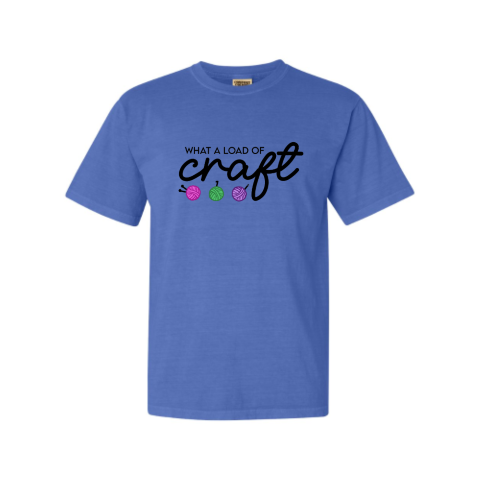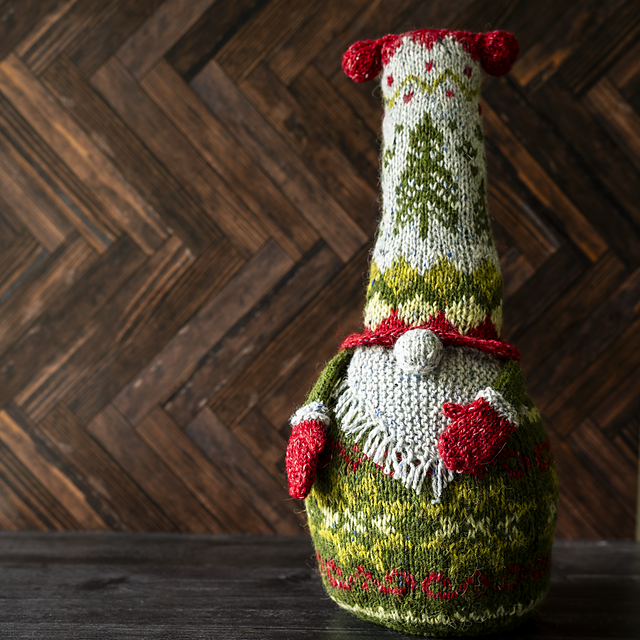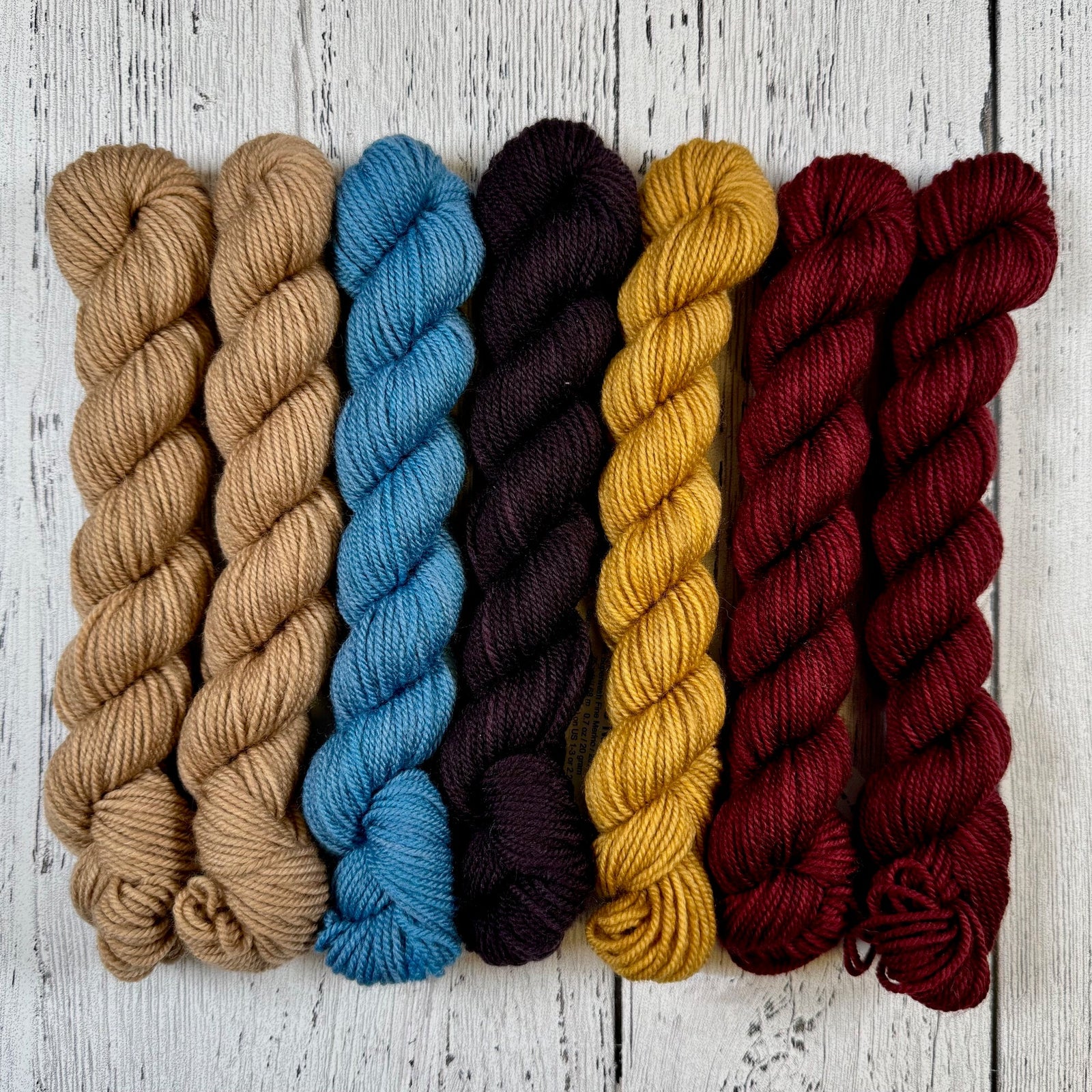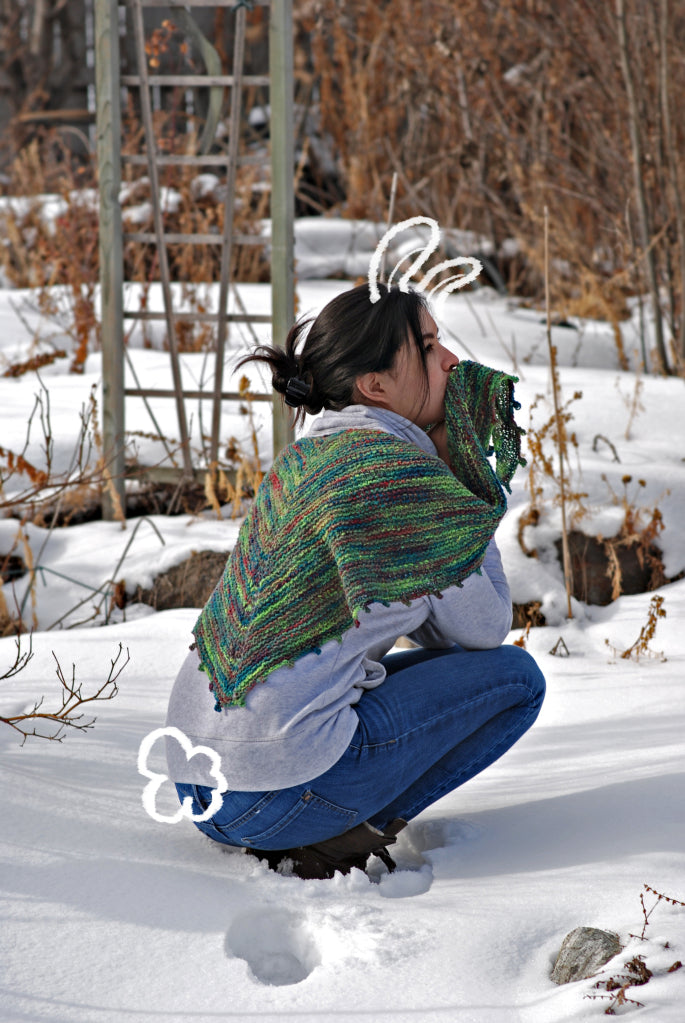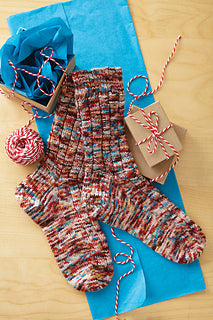 When I began teaching knitting classes (about 1000 years ago), I was shocked when the students almost got into a knock down drag out hair-pulling fight over the Correct Way to Knit. The left handers, the right handers, the continental, the pickers, the throwers….it was an ugly scene. Things died down a bit when the continental people became confused. They weren’t sure if they belonged in the continental camp, or the picker camp. I finally had to bang on the table with my knitters’ tool bag to restore order.
When I began teaching knitting classes (about 1000 years ago), I was shocked when the students almost got into a knock down drag out hair-pulling fight over the Correct Way to Knit. The left handers, the right handers, the continental, the pickers, the throwers….it was an ugly scene. Things died down a bit when the continental people became confused. They weren’t sure if they belonged in the continental camp, or the picker camp. I finally had to bang on the table with my knitters’ tool bag to restore order.
Since that day, I start every single class I teach – whether it’s technique, lecture, history, or colour selection – with the question: “What is the correct and best way to knit?” Hands shoot up in the air, opinions are shouted out, and the atmosphere gets intense! I learned early on to nip this in the bud by yelling “Time Out!” at the top of my voice, which usually works. All those years as a hockey mom finally paid off!

Once the class gets all of this out of their system, I share what I consider to be the correct knitting style, which begins with a series of questions:
- Does the way you knit hurt your hands?
- Are you happy with the fabric you produce?
- Are you happy with how quickly the project works up?
If the answer to question 1 is No, and question 2 and 3 earn a Yes, then the knitter is knitting the correct way for THEM.
Let’s look at each of these questions individually:
- Does the way you knit hurt your hands? The big thing to remember here is that what hurts my hands might not hurt yours. And vice versa. Every person’s hands are different, in size, shape, joints, tendons, and muscles. A movement that is easy for me might be impossible for you. Just because it works for old Aunt Vera that taught you to knit, does not mean it will work for you! If it hurts, try other ways.
- Are you happy with the fabric you produce? Is it nice and even? Does looking at it make you happy? If not, try some other knitting styles. Just remember that you are not going to be proficient in it after 15 minutes of practice. It’s a NEW technique! Knit up a few small projects such as some blanket squares (these are welcome donations for many charitable groups), some mug rugs, luggage tags, etc.
- Are you happy with how quickly the project works up? On this one, we need to be realistic: many knitters would love to knit faster than they do, even though they are contenders for the title of “world’s fastest knitter!” But if it is driving you insane that it takes 27 minutes to knit a row of 42 stitches, trying a new method or refining the method you are using might be a thing to do.
Refining the method you are already using is something for all knitters to think about. My purling has always been very fast, but in flat work such as stocking stitch, I tend to row out badly. While I was taking a class in knitting with a knitting belt from June Hemmons Hiatt, she suggested I rotate my right hand forward. The rotation she suggested was less than 1/8 of an inch. I tried it, and the rowing out disappeared, and my speed increased as well. It was the tiniest smitch of a correction that made a huge difference!

Last year, I taught some knitting classes. I began them as usual by asking “What is the correct way to knit?” The class yelled out, in unison, “The way that works for you!” It was a very satisfying moment!

